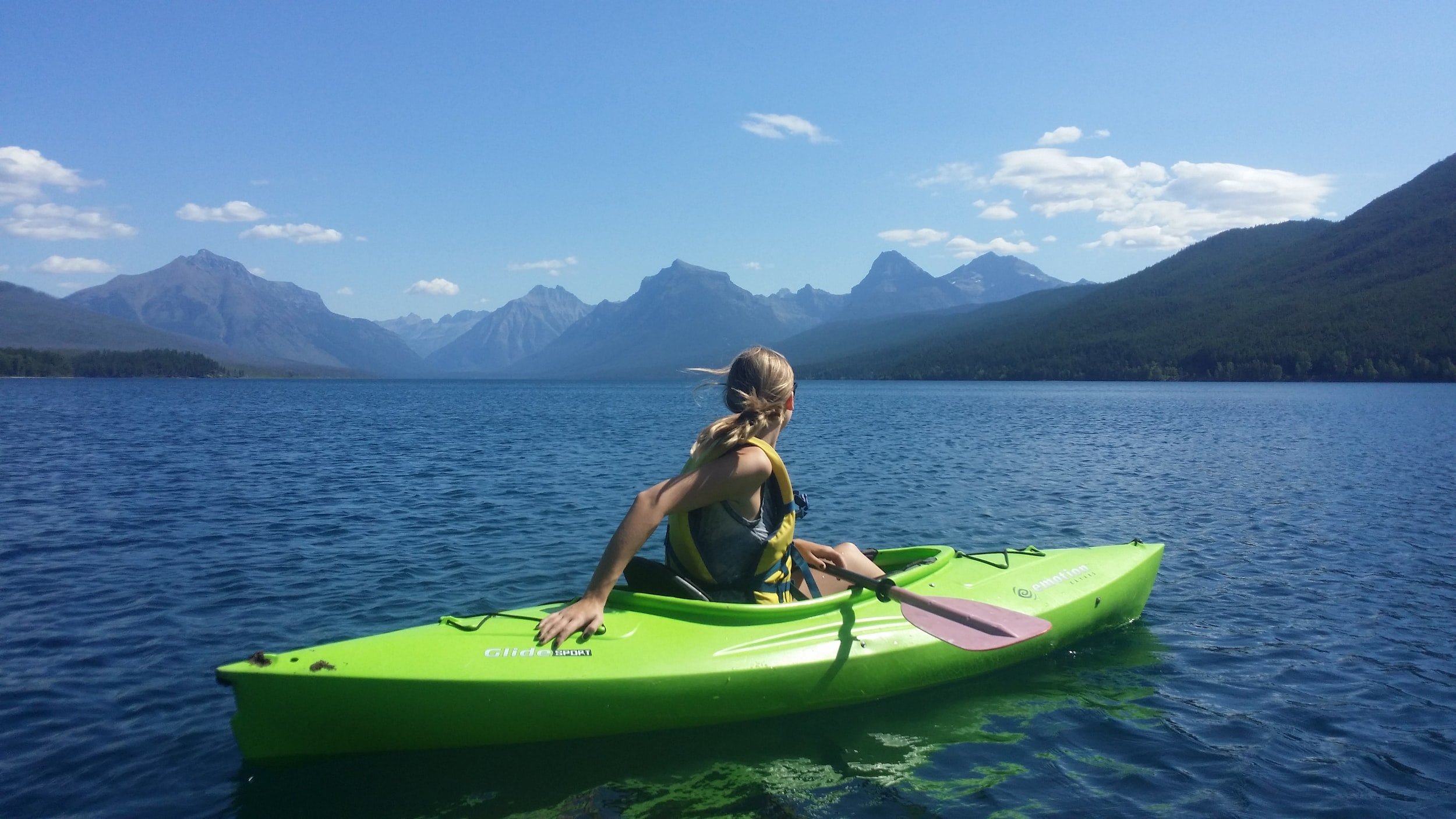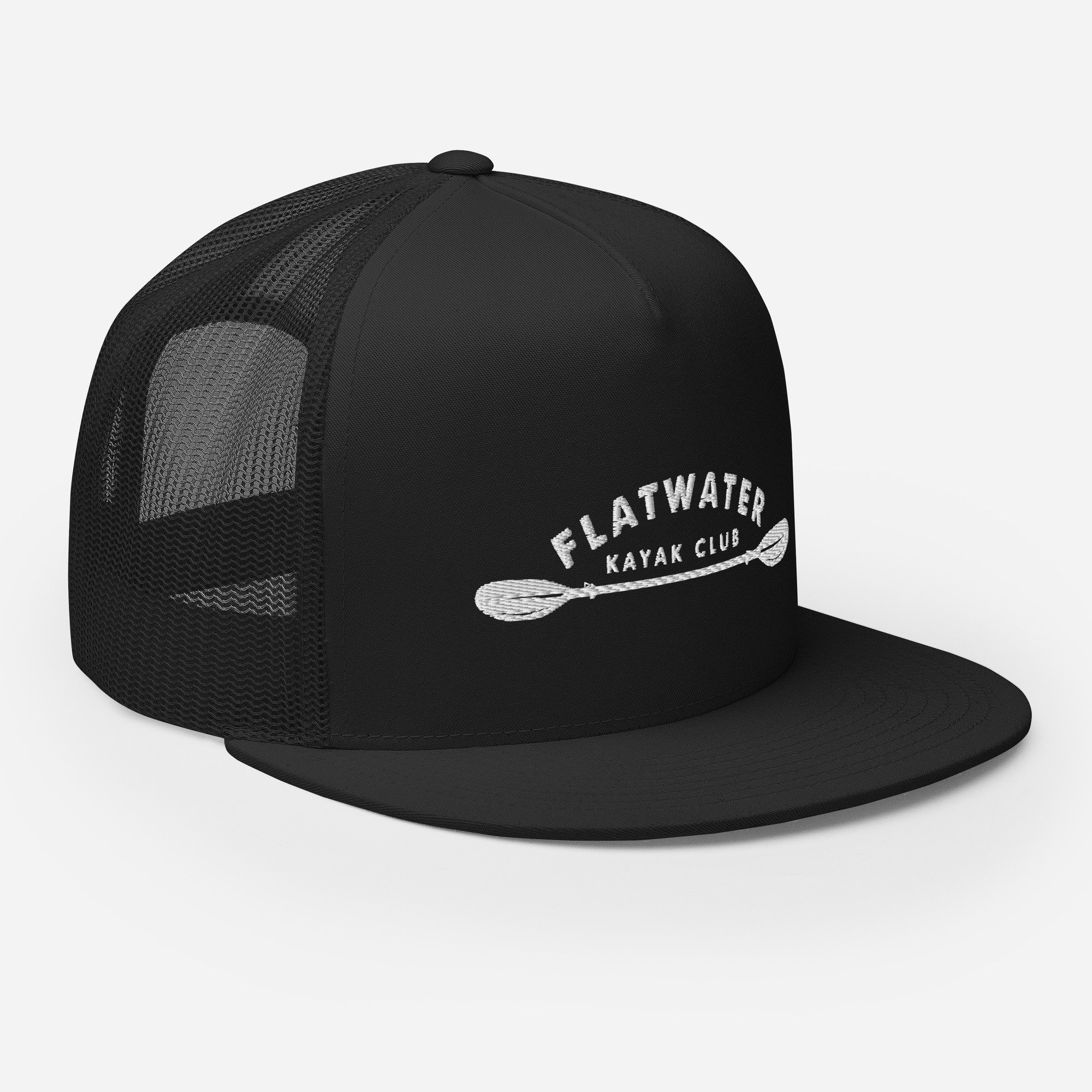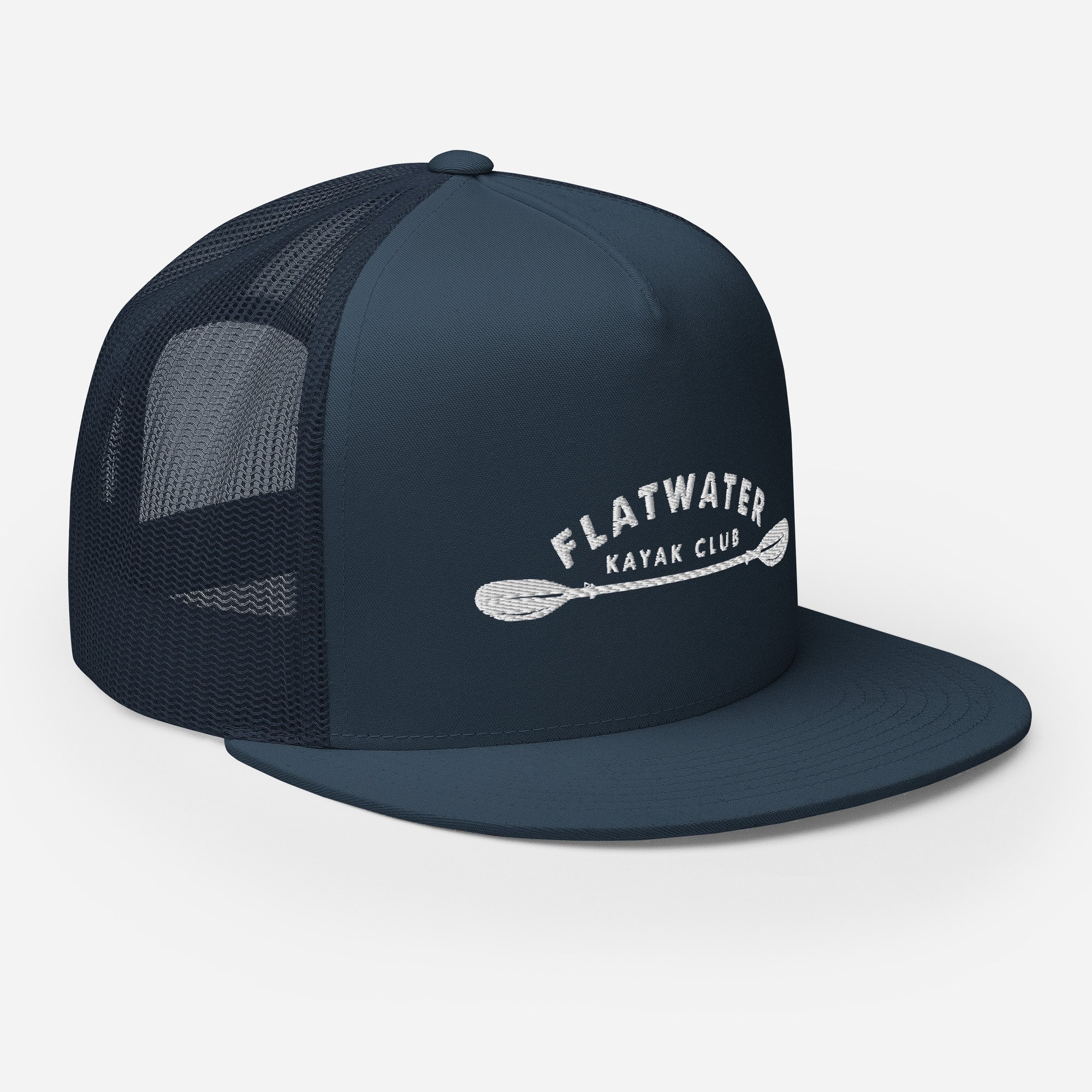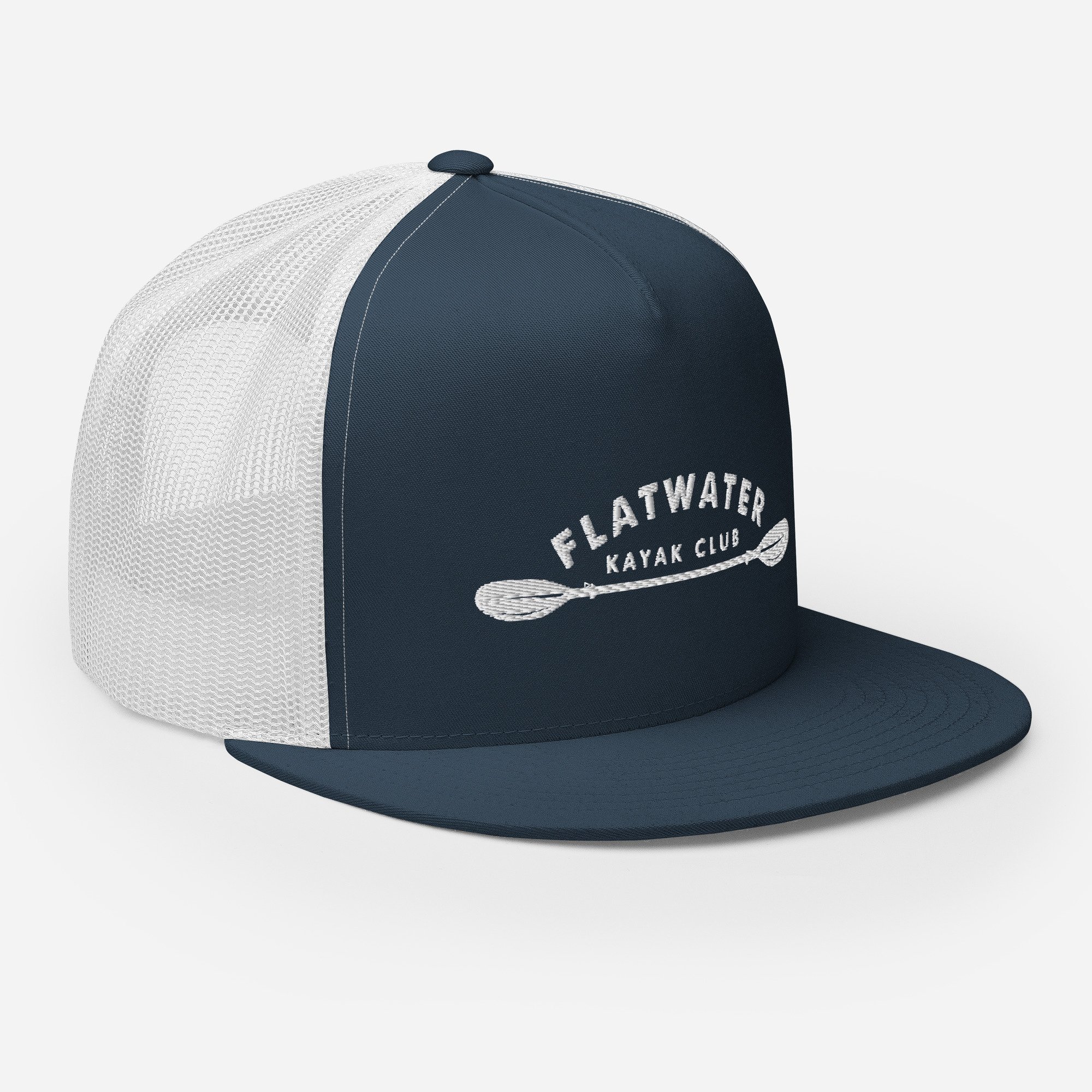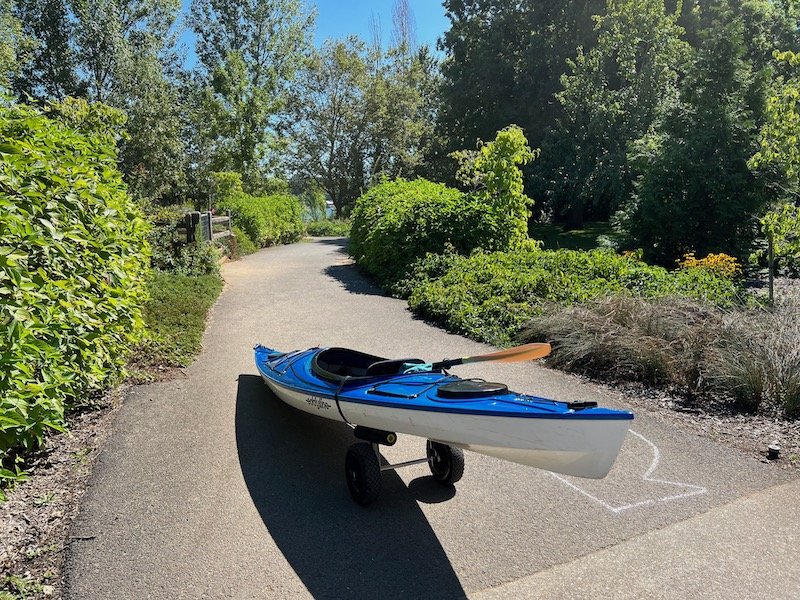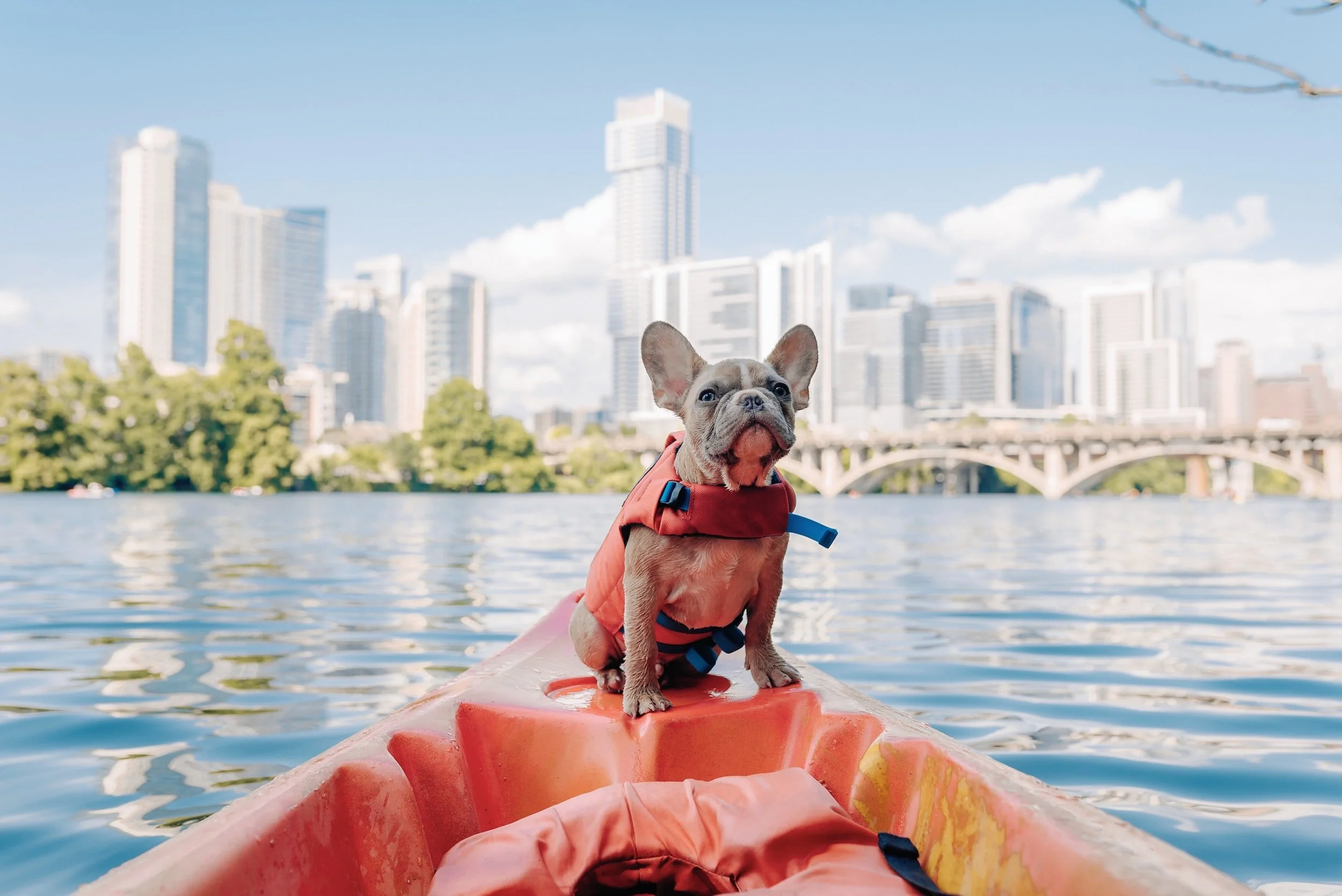Best accessories for kayaking – here's what you need
Are you getting ready to hit the water for an afternoon of flatwater kayaking in the Pacific Northwest? If so, it’s important to make sure that you have all the best accessories for kayaking, and the right safety gear before embarking on your water adventure.
With the United States experiencing rapid growth in kayaking interest, here are some must-have items and personal favorites that every paddling enthusiast should consider keeping on hand…
Just a heads-up, this post may contain affiliate links that at no additional cost to you, we may earn a small commission.
Best accessories – flatwater kayaking must have’s
In this post, we’ll dive into some of the best accessories for kayaking available today ... mainly focusing on flatwater recreational kayakers visiting or living in the Pacific Northwest states of Washington, Idaho, and Oregon.
Let's dive paddle-first into the list...
Life jacket (PFD)
A personal flotation device is arguably the best and most essential accessory for any kayaker. PFDs provide buoyancy, thermal protection, and visibility in the water.
They're also designed to keep you afloat and allow for easy maneuvering if you find yourself in an emergency situation.
This may seem over the top for flatwater use for some people, but remember that even when paddling on flat water, things can happen in regards to unforeseen obstacles, sudden shifts in weather conditions, water levels, tides and currents, and so on. If something happens, you want to make sure you're buoyant.
Life jackets truly save lives – and we never go kayaking without one.
Kayak paddle
Of course, the best kayak paddle for your needs is just as important as the most suitable kayak.
A quality paddle will make a big difference in your paddling experience, and it’s important to select the best one for you and your preferred kayaking style.
A busted paddle when you're out some distance is not only inconvenient, but it could be a potentially dangerous situation. And most people don’t bring a second back-up paddle on their shorter excursions. So make sure you invest in a robust one that suits your height.
Over the last few years, we’ve been using the Oru Paddle and Whisper-Bending Branches Paddle.
The best kayak paddles will be durable, adjustable, lightweight, and have a comfortable grip. We prefer ones that can be broken down into several easy-to-transport pieces (the Oru Paddle, for example, can be disassembled into four parts).
Look for paddles made from strong yet lightweight materials such as carbon fiber or aluminum to make sure your paddle is durable and won’t weigh you down.
[Read more: 3 key differences between oars and paddles].
Emergency whistle
An emergency whistle is a must-have for any kayaker. They are commonly attached to the top of a life jacket so they’re readily available if emergency strikes.
This simple, lightweight tool can be used to signal for help in an emergency. It is small, lightweight, and fits easily in a pocket or on your life jacket so it's well worth having! And it's also best used in combination with other signaling devices such as flares.
Drinking water
Bringing enough fresh drinking water on a kayaking trip is essential. You should bring enough supplies so that you don't have to rely on other sources of water. Also avoid supporting plastic bottle companies with a durable, high-quality reusable water bottle (I’ve been using a Hydro Flask one).
A lot of water that you can get to easily is essential. And you can step it up for long trips (such as overnight or multi-day kayaking) by investing in a water filter or purification system that can be used on any body of water. When in doubt, ask your local paddle shop for recommendations based on the areas where you expect to be on water the most often.
Compass
While most of us rely on high tech gear these days to help with navigation, having a regular old school compass on hand is especially useful (and safe) if you’re paddling more remote waters, or on open water where it might be easy to get turned around and lost.
I have an orienteering compass made from acrylic baseplate, but there are lots of options out there. This is another excellent, budget-friendly present for kayakers, or anyone who loves spending time in the Great Outdoors!
Bilge pump
We'll get to the advantage of splash skirt accessories shortly, but any kayaker knows that elements like rain and waves and various paddling situations can cause water to enter your kayak boat.
Particularly for long trips, a bilge pump is a very important accessory for kayaking. It can be used to quickly remove excess water from your kayak, keeping it dry and safe.
It's best to get a bilge pump that is easy to operate, lightweight, and durable so you can rely on it during trips.
Paddle tether
We mentioned earlier that most people don’t bring an extra paddle on day trip recreational kayaking excursions – and here’s a handy accessory to have so you’re never without your much-needed paddle.
You know exactly how hard it is to retrieve your dropped paddle in the water. It's a pain to scramble and get back. A
And, depending on the situation, it may be impossible to safely retrieve a lost paddle (such as if there’s a current taking it swiftly downstream faster than you can get to it while staying dry and safe in your boat).
Having a paddle tether accessory is an effective and reliable way to prevent your important paddle from ever dropping into the water. You just need to ensure you set it up before you paddle out so you’re good to go if the crisis occurs.
The best type of tether for kayaking is a quick-release one that you can attach to the paddle shaft and loop around your wrist. This way, if you accidentally release the paddle from your grip, it's still secure to your boat and easy to retrieve.
And if you’re into fishing from your kayak – you can also use a kayak paddle tether to keep your fishing pole secure.
Waterproof first aid kit
This applies to a lot of sports where you could be far away from fast help, but we never go kayaking without a first aid kit. [Read our Top Reasons why Kayakers Should be CPR and First Aid Certified].
Safety is always the number priority when kayaking, so it's best to be prepared for any situation. All the top outdoor stores and local paddle shops carry first aid kits.
If you can’t find a waterproof option for sale nearby, you can also bring a regular kit and keep it secure in your dry bag.
The one that I personally use is an ultra lightweight one from the Adventure Medical Kit store on Amazon, pictured. You can also get them at REI. It’s water-tight and packed with supplies to treat blisters, clean and bandage wounds, and more. Here’s our full kayaker’s guide to first aid kit essentials.
Weather-appropriate kayaking clothing
When it comes to what to wear, you should choose clothing that is best for the weather conditions, quick-drying and durable – and always be prepared for the temperature of the water should a wet exit be necessary.
The prime time for kayaking in Oregon, Washington, and Idaho is between April-October. Depending on the weather, even on warmer days, you may want to invest in a dry suit, wet suit, or rain jacket. These items will help protect your skin from excessive sun exposure and keep you dry in case of any unexpected conditions.
“Always prepare for water immersion. Dress for the water temperature and wear a PFD.”
Personally, in hot weather and water kayaking conditions, I live in this Patagonia Women’s Romper. I have this in multiple colors and it is truly one of my favorite items on the planet. It’s super versatile, flattering, and comfortable.
The fabric dries very quickly if it gets wet, and it doesn’t restrict movement. There’s two pockets, which is nice, but the bonus is a right-hand concealed zipper pocket. I also really love Patagonia’s business model, commitment to sustainability and product longevity, and “worn wear” trade-in program.
And if you’re looking to kayak before April and after October here in the Pacific Northwest... maybe find a warm fire to sit next to instead. Many of the lakes are frozen here in the winter, and water levels can be unpredictable on the rivers as well, with all the seasonal precipitation. Again, always dress for immersion!
Sunscreen
It's not uncommon to spend long periods of time in the sun when kayaking. You should always protect yourself from UV rays, so good sunscreen is essential. Make sure it's a nontoxic sunscreen for wildlife.
We also recommend sunscreen that’s veterinarian-approved for your dog’s nose, if you’re bringing your pup on a kayak!
Hat
Wearing a hat can help you protect your face from the sun as well as keep bugs away. Choose a wide-brimmed, waterproof hat for the best results on the sunniest days, or a baseball cap to shield the forehead and eyes on days that may have some clouds.
Personally, I always wear a ball cap, and I have quite a collection of hats that I rotate. Since we introduced the trucker hat to the Flatwater Kayak Club merchandise shop, it’s been my latest go-to hat to wear when kayaking! I have the black and red style ones.
Top recommended best kayak accessories
Here's your second go-to list of other items you should consider for your next paddle out, with some personal favorites.
Dry bag
This is basically a waterproof bag that stores anything you need to protect from the elements.
Things have a habit of getting wet that you don't want to, so a dry bag can be a really useful tool. The same goes for a phone waterproof phone carry case. I never go kayaking without my dry bag, so for me, this is an essential item.
There are SO many excellent dry bags on the market, you really can’t go too far off course here. A top brand choice for many is Earth Pak, which offers a variety of dry bag sizes too.
Float bag
Not so important for flat water kayaking, more so for whitewater kayaking, but it really depends on your boat and water conditions. This kayaking accessory basically a bag full of air that will help keep your boat afloat in case of an emergency capsize event. Many people with foldable kayaks, such as Oru or Tucktec, choose to buy and bring float bags on their recreational kayaks.
Make sure to look into the best float bags available that are suitable for your kayak model and ask your local paddle shop if you’re unsure!
Kayak gloves
For some people, and depending on the weather conditions, kayak gloves are a must-have when going out on the water. They protect your hands from blisters and other abrasions but also help you grip your paddle better when using a double blade. They can also keep your hands warm if you’re out kayaking on cooler days.
Upgraded seat
This one might not be best for everyone, as it’ll depend on your kayak model as well. But if you're serious about kayaking, maybe look into investing in an upgraded seat that is more comfortable for your boat, usually made from foam and mesh.
This will help keep your back in check, ensure proper paddling form, and help avoid any uncomfortable pain or possible injuries from long hours of paddling.
Camera or phone mount
Filming videos from a kayak is becoming increasingly popular, if this is you, then you'll definitely want to get a camera or phone mount for your boat.
This way, you can capture all the best moments while keeping your hands free and steady so you won't drop your camera in the water.
Generally, these mounts attach to the front of your kayak boat, so you can film yourself paddling on water, capturing facial expressions, paddling motions, and the scenery on your route. But these accessories are usually pretty flexible, so you could attach to the rear (stern) of your boat as well if you want to mix up your camera angle shots.
If you need some ideas for tunes to edit together with your social media kayaking videos, we have a full list of top sunshine, wildlife, and river songs here.
Cup holder
This may sound a little offbeat, but trust us, these can really useful if you’re on mirror-flat water, where you won’t be splashing much about with your paddle.
Having a cup holder goes a long way in making your kayak adventures much more enjoyable with a fresh beverage. It adds a lot of conveniences having a cold drink readily available on a hot day, and you can use it to not only store a drink, but some quick snacks while paddling (such as a gel pack if you’re doing a longer cardio kayak workout).
Be sure to never drink alcohol when kayaking, and ensure that you don’t accidentally litter as well. We always pack out what we pack in, not just when hiking, but when exploring nature by boat too.
Kayak spray skirt
A kayak spray skirt is an essential accessory for any type of kayaking. It helps keep the water out of your boat, which can be especially important if you're kayaking in rougher waters.
It also helps keep your body warm and dry while paddling, so it's best to invest in a good quality spray skirt.
Rope or paracord
Tossing some emergency rope or paracord might seem unusual to kayakers out there, but ever since we took the Masterclass: Ultimate Survival online course and learned the importance and value of ropes in unexpected emergency outdoor situations, consider us convinced that these belong in everyone’s dry bag.
And for a pack of two, costing under $15, it’s also one of the most affordable essential accessories for kayakers!
Another handy way to keep this safety item on-hand: literally have it on your arm. Many innovative outdoor companies offer paracord bracelets with side-release buckles.
They look just like fabric bracelets, but can unravel into handy parachute cord in the case of an emergency. Some of them (like this one from A2S Protection Store on Amazon) also have some added built-in safety bonus features, like a compass, fire starter, signal mirror, glass breaker, fishing hook, and thermostat – which make this kayaking accessory especially useful for outdoor enthusiasts of all kinds.
These are also highly affordable items, with many products for sale around that $10 price point. We give high marks for paracord bracelets as a great gift idea for kayakers, too.
Kayak car or truck rack
Unless you have an inflatable or a folding kayak, you’ll likely need a kayak rack to transport your boat from home or garage storage to the water.
The majority of kayak racks work in conjunction with permanently affixed roof railings or crossbars that either come with your vehicle or that you can add on after-market.
There are three major types of kayak roof racks that attach to these roof railings, and one that doesn’t.
Kayak rack vehicle styles include:
Saddle mounts
J-cradle
Stacker mounts
Inflatable or foam racks
Pick-up truck bed racks
Hitch racks
Lumber racks
Before you buy a kayak rack, there are lots of things to consider – from the weight and overall size of your kayak, to your specific vehicle model, to whether you’ll need to transport a single or a double tandem kayak.
We have a full, in-depth post on kayak rack accessories and what buyers need to know if you need to dig deeper into this research.
Kayak cover
This accessory is especially handy if you need to store your kayak outside in off-season.
Kayak covers can shield your recreational boat from the elements and insects, webs, dust, and debris, to help protect your outdoor gear investment for the long haul.
Kayak covers can also protect your boat during transport, and many types have carrying handles that can make it easier to carry heavy or bulky kayaks down to the water launch point.
Wheeled cart
If you have a heavier kayak, or paddle alone, a kayak cart can be quite handy. These convenient accessories help you transport your boat using wheels, so you don’t have to drag your kayak (potentially damaging the hull and frame and reducing it’s safety and longevity) when you’re moving from one location to another.
Carrying a kayak by hand can be physically demanding, especially over long distances. A kayak cart can help reduce strain on your back, shoulders, and arms (so you’re feeling good for a nice paddle on the water). There are plenty of popular options for sale from top outdoor gear brands, or many people choose to build one on a budget as a DIY project.
Best kayak accessories for dogs
For kayak-loving-canines you really need to check out expert advice in our post on Kayaking with a dog.
But because we like to be so helpful here's a quick list of doggy accessories you might want to check out before you take your pup out on your next paddle.
Dog life jacket: A must for any kayaking pup. Look for one with a handle on the back for easy lifting and maneuvering and ensure that it fits your animal well. Our dog always wears his life jacket when we go paddling. It’s best to get one that has a handle on the back for easy retrieval - especially if it's a small dog, like mine, you can just pluck them out of the water.
Dog water-repellent jacket or warm coat: This is seasonal and breed-dependent, of course. For some breeds, these accessories can support keeping your animal warm and comfortable, but it also helps prevent sunburn and keeps them from getting chafed by wet material.
Microchip: We also recommend ensuring your dog has a microchip with an updated address and safety contact information, should your dog ever get separated from you on a kayak trip, and if its collar or harness were to slip off. (In case it’s not clear, this is a step you need to plan for and take care of before you go kayaking).
More free kayaking resources
For more information on how you can enjoy kayaking in the great outdoors, check out everything Flatwater Kayak Club has to offer:
Everything you need to know about flatwater kayaking
What to wear kayaking in the Pacific Northwest
Affordable gifts for kayakers (that they’ll actually love)
Do you need a kayak permit in the Pacific Northwest states (Oregon, Washington, Idaho)?
Learn to how to choose the best kayak for you
Kayak racks: what buyers need to know
The best time to buy a recreational kayak
Top kayak storage ideas: solutions, tips & tricks
Kayaking with a dog 101 [Q&A with celebrity pet trainer Travis Brorsen]

